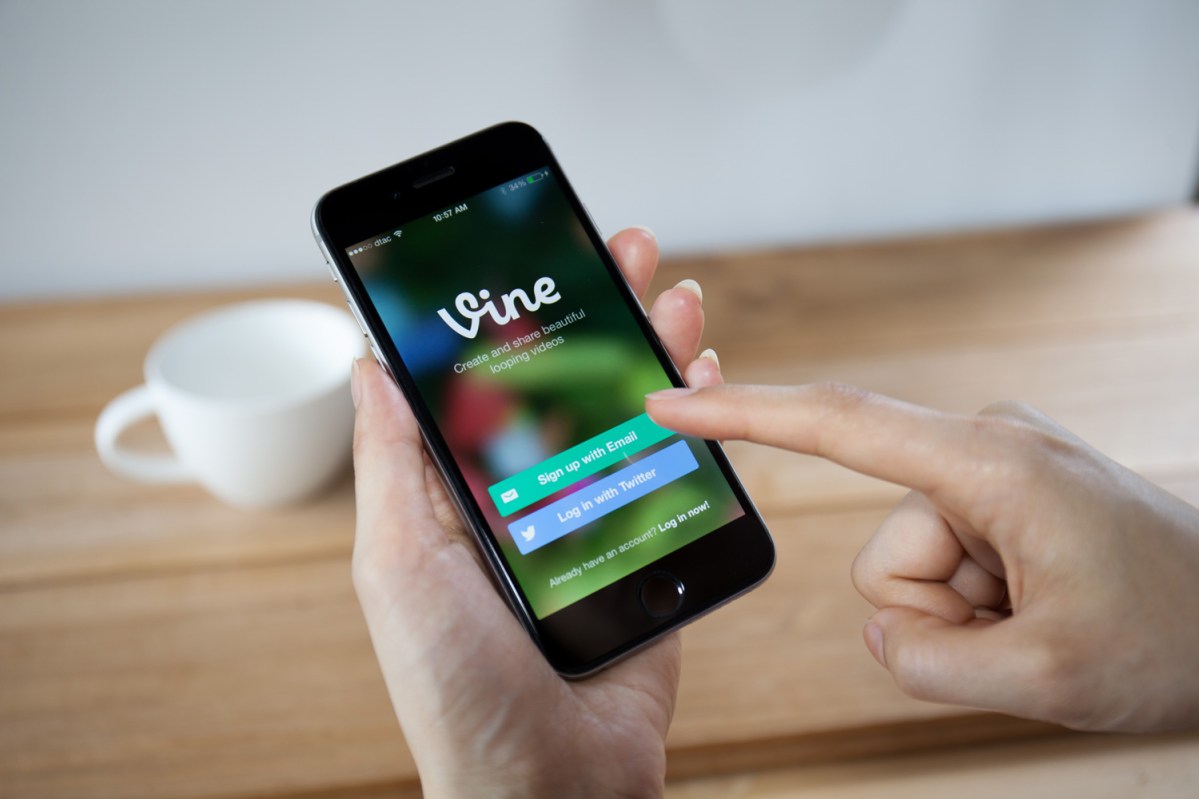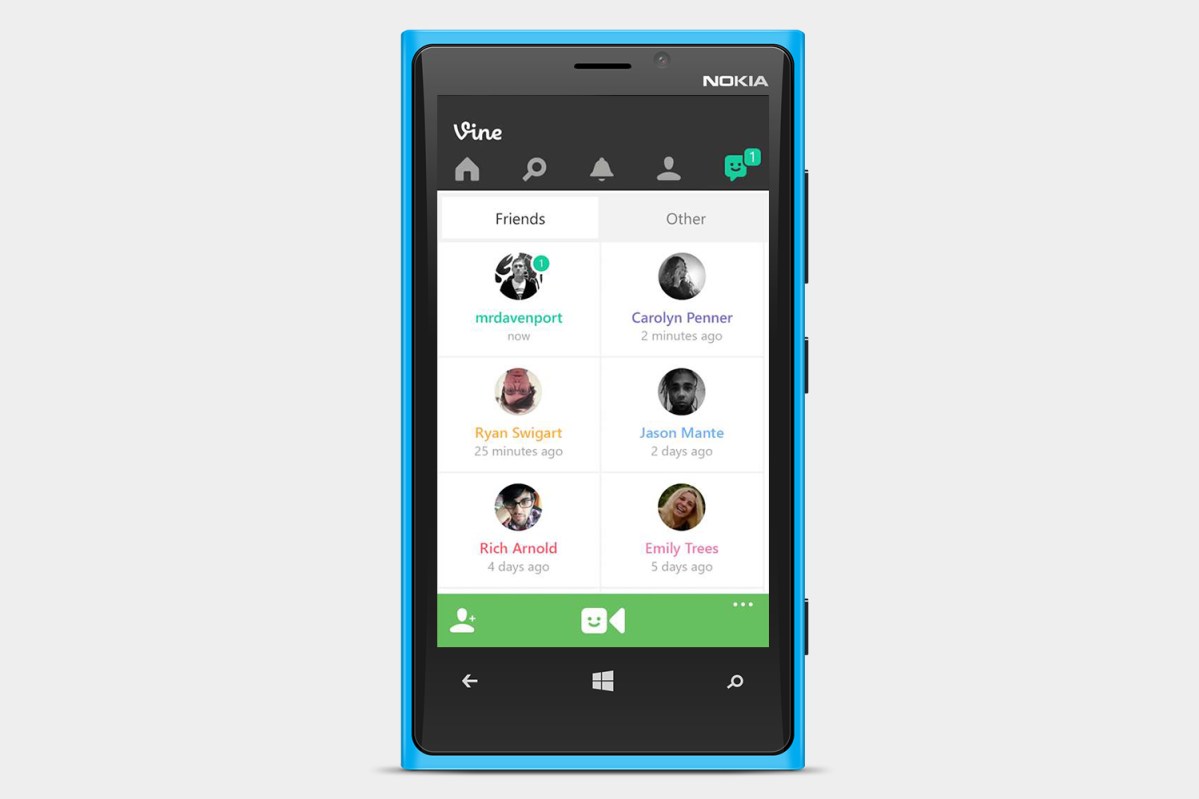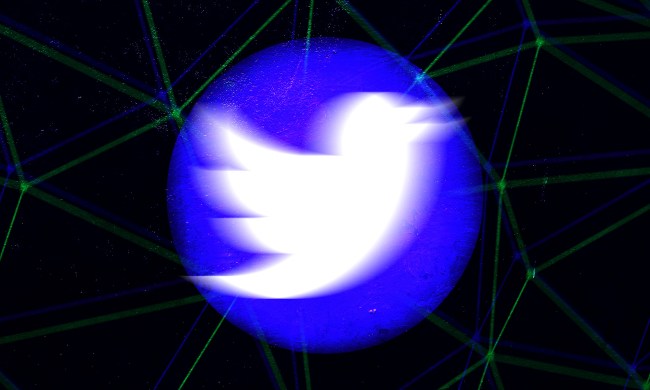In 2013, the world began to experience the wonder of Vine: Six seconds videos that could be easily recorded and shared with others. The service launched in 2013, and it was a mystery at first, but popularity soon skyrocketed, with nearly 200 million active users by 2015. But only two years later, the ability to upload videos was removed, and by 2017, the service shut down completely. Why did such a popular social platform suffer a swift death — what happened to Vine?

What was Vine?
Launched in 2013 by three entrepreneurs — Dom Hofmann, Rus Yusupov, and Colin Kroll — Vine was a video hosting service, one that allowed users to share six-second, looping video clips. Users could browse through and discover interesting Vines based on themes, such as comedy or music, and through a section that showcased currently trending Vines.
When it launched, Vine was compared most closely to Instagram. Instead of offering the ability to upload photographs, however, users could upload videos. Currently, Instagram allows video uploading, but when Vine was launched, Instagram did not provide the capability, giving Vine an open segment of the market to target.
Vine is remembered mainly by internet users thanks to YouTube compilation videos that attempt to share some of the more humorous Vines from when the platform was still active. In this fashion, some of the more popular Vine videos have continued to maintain popularity and survive in popular culture.

The decline of Vine
When Vine launched in 2013, Twitter had already purchased the service from the original entrepreneur trio. As years passed under Twitter’s ownership, Vine faced tough competition. Instagram quickly introduced Instagram Video, where users could upload 15-second videos. For many, Instagram’s introduction of videos on its platform marked the beginning of the end for Vine.
Additionally, Vine executives and its founders were reportedly against the idea of monetizing the platform; this factor, along with advertisers acknowledging that they wished to create content longer than six seconds, became a severe issue for the company. These points are said to have been the primary motivation for Twitter’s discontinuation of the service. On October 27, 2016, Twitter officially announced that Vine would be coming to an end.
Vine didn’t die out immediately, and there were a few attempts to salvage the platform. On December 16, 2016, it was announced that Vine would continue as a standalone service, where users could then publish videos to Twitter. Later, on January 20, 2017, twitter launched an archive of all Vine videos; this was also discontinued in 2019.

Competitors and successors
During its lifetime, Vine competed most directly with Instagram. Since that period, Instagram has expanded upon its video features, adding longer videos and enabling a widescreen option. Snapchat also allowed the sharing of 10-second videos back in December 2012. TikTok was also getting off the ground when Vine was shut down, and currently remains one of the most successful networks for sharing short video clips.
The official successor to Vine is a service known as Byte, created by Dom Hofmann. In development, Byte was known as V2; the service is active as of October 2020, and lets you post videos between 2 and 6.5 seconds. Byte is available worldwide in 41 languages but has yet to gain the popularity of its predecessor, Vine. For those who are interested in trying the Byte video service, it is available for download on both the Android Play Store and Apple App Store:


